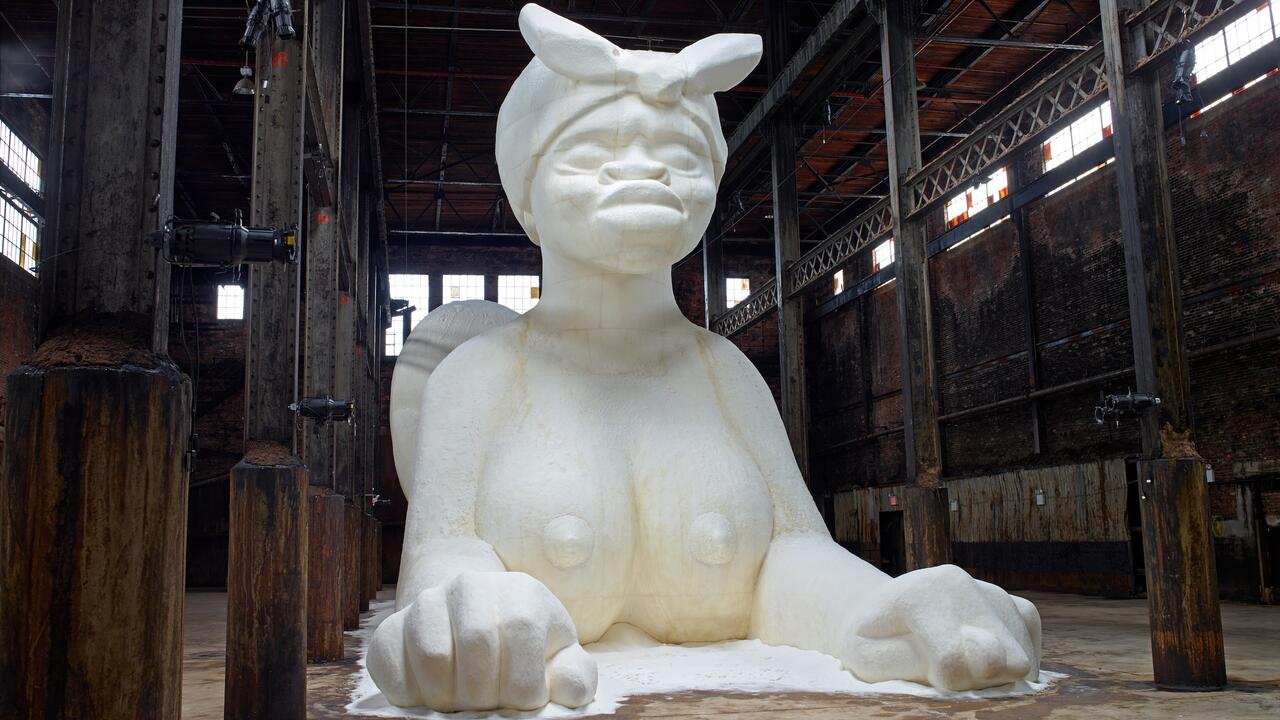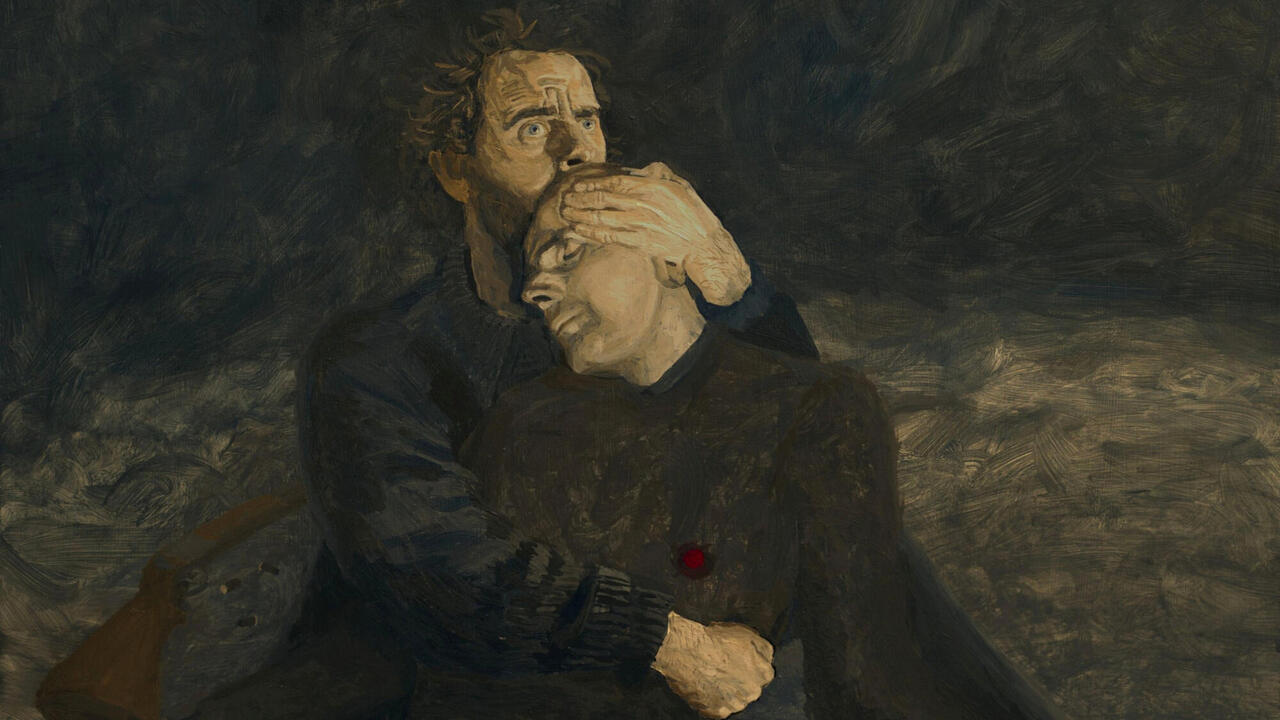The Good, The Bad and The Ugly
It’s hard to tell the difference these days
It’s hard to tell the difference these days

Once upon a time – say 20 years ago – everything was crystal clear in the art world. The good, the bad and the ugly each had their own turf and their own rules. Everybody knew the difference between, for example, an Alberto Giacometti and a Fernando Botero. It wasn’t just the difference between anorexia and obesity; it was the Manichaean difference between good and bad art, a judgment not simply based on personal taste but on some kind of unwritten by-laws conceived at the beginning of the 20th century. But what, according these laws, was good, bad or ugly? no?
Three examples: Cy Twombly was good. His work addresses abstraction, illusion, painting and drawing in a synthetic way; it’s simultaneously simple and complex. It’s not about taste, it’s about emotion and gesture. Bad? Jaume Plensa, in particular his public sculpture Crown Fountain (2004) at Millenium Park in Chicago. Why? It’s uselessly monumental; its two video walls scream: ‘I am contemporary.’ It exploits water in the most banal way and disguises itself as art when all it’s good for is an amusement park. Ugly? Thomas Hirschhorn.
He uses ugliness to confront the contradictions of contemporary society; he stresses that ugly is important.
In 1989 Jeff Koons’s series ‘Made in Heaven’ arrived and it marked the end of by-laws and the beginning of critical chaos. If you had encountered Francesco Vezzoli’s marble Self-Portrait as Apollo del Belvedere’s Lover (2011) in 1991, you would have assumed it was bad, but after ‘Made in Heaven’ such a judgment wasn’t so easy. The collapse of theory, the rise of shallow aesthetics and a savage art market have bewildered consensus. If Oliviero Rainaldi’s recently unveiled monument to Pope John Paul II (bad–ugly) in front of Rome’s Termini train station were swapped with Thomas Schütte’s Vater Staat (Father State, 2010, good–ugly) in front of the Punta della Dogana in Venice, how many people, unfamiliar with the two artists, could grasp the difference in quality of the two works? Not many. In today’s art world, location, location, location matters more than ever. Koons broke open a Pandora’s Box of the unconscious and released the suppressed bad taste hiding inside each of us. Institutional critique imploded, unleashing the demons of an art that was never meant for the masses: Barry Flanagan’s rabbit could now claim a place next to Koons’s poodle. Although both in their own specific way deal with cartoonish, Disney-esque imagery, one is joke as art (Flanagan) while the other is kitsch as art (Koons). Who would dare be the prosecutor in a trial in which, say, Koons’s Violet Ice (Kama Sutra) (1991) was the plaintiff and the relatively unknown sculpture Venus (2010) by Christina Bothwell the defendant? Similarly, you could pit Chris Ofili’s bronze sculpture Annunciation (2006) against Amy Bright Unfried’s bronze Annunciation (2008).
In 1991, a good curator would have been horrified by the paintings of Zeng Fanzhi, but was the work from the same year by Julian Schnabel, Sandro Chia, Enzo Cucchi or Rainer Fetting any better? When were we wrong, yesterday or today? Were we slaves of the ideologies of art history or the victims of Benjamin Buchloh’s dictatorship of ideological taste? Were we blinded by the trends of a limited Western art market or were all of these factors antibodies, needed to protect us against a virus we would have eventually been infected with through un-protected contact with so-called global aesthetics, which is, ironically, a Western construction? The jury is still out. The good, the bad and the ugly are no longer fighting each other but have joined together to create a chaos from which it is hard to forecast a clear outcome.
In 1991 Zhang Huan’s ash paintings or Vik Muniz’s junk pictures would have had no chance of crossing the threshold of the sanctioned Western art world; its immune system would have resisted the attack. Which doesn’t mean that there were no bad artists or art works before 1991. There were many, of course, but back then, the bylaws were respected. With ‘Made in Heaven’ a kind of glossy pornography was released into the art system that shattered established boundaries. It was the beginning of the end of any curatorial – or for that matter collecting or exhibiting – parameters, and critical standards crumbled like the Soviet Union. As curators we were left alone with our demons, our tastes and our preconceptions. Scholars became our enemies and the market our partner in crime while we desperately searched for consensus; what Thatcherism was to politics, Saatchi-ism was to the arts. Cross-pollination is now a methodology: a respectable curator would have no problem organizing an exhibition of, say, both Vezzoli and Ryan Trecartin, two artists whose work is either praised as game-changing or vilified as a cynical exploitation of the celebrity art market. Has our collective moral code collapsed or expanded? Has the ‘consensus syndrome’ got the upper hand over the critical attitude that ruthlessly ruled the arts from the late 1960s into the late ’80s? Are we living in an ugly time, a good one or a bad one? There’s no rush to answer these questions, as what we’re experiencing is the de-regulation of freedom. Surviving the meltdown could be the best – and the most fun – of options.





















